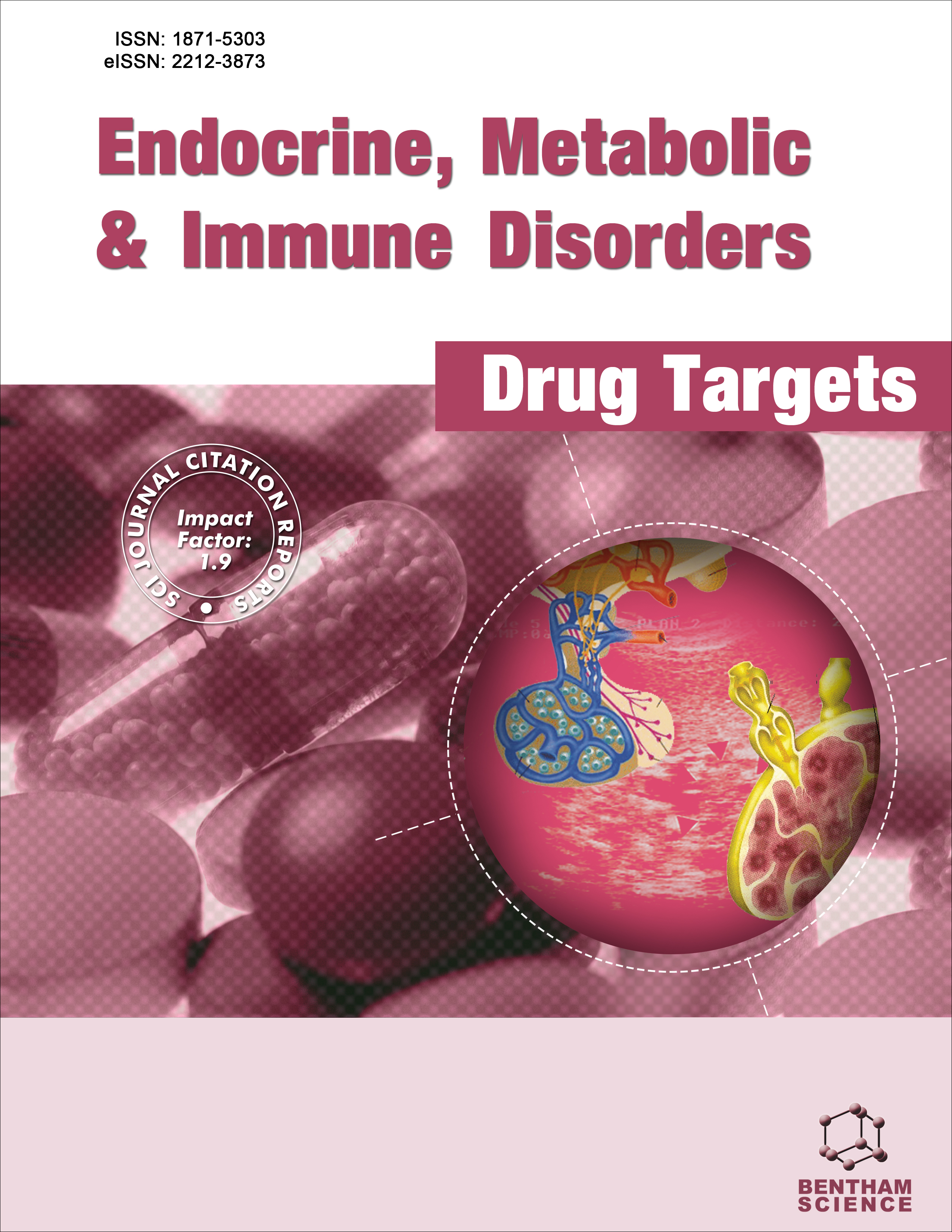
Full text loading...
We use cookies to track usage and preferences.I Understand
Bioinformatic analysis is a valuable tool that allows us to collect, archive, analyze, and disseminate biological data for further interpretation. Analysis of the IL-23/IL-17A axis and its receptors will provide us with essential information about their functions, interactions, and relationships with various diseases. This review aims to identify the central genes co-expressed in the IL-23/IL-17A axis and their receptors and to understand their ontology and modifying factors.
We used several databases, including COXPRESdb to obtain the co-expressed genes, ShinyGO and ToppGene platforms to explore gene functional enrichment, and the NetworkAnalyst 3.0 platform for gene expression profiling.
We found that genes encoding IL-23/IL-17A axis proteins and their receptors mainly respond to microbial components, participate in the inflammatory response, and are primarily associated with inflammatory and autoimmune diseases. In addition, we observed an association of the IL-23/IL-17 axis with Behcet's disease, Graft-versus-host disease, and Hodgkin's disease, although there is no direct evidence of their interaction.
The IL-23/IL-17A axis is associated with several inflammatory and autoimmune pathologies. Therefore, we suggest further research to confirm its role in these pathologies and, if possible, use it as a therapeutic target.

Article metrics loading...

Full text loading...
References


Data & Media loading...

